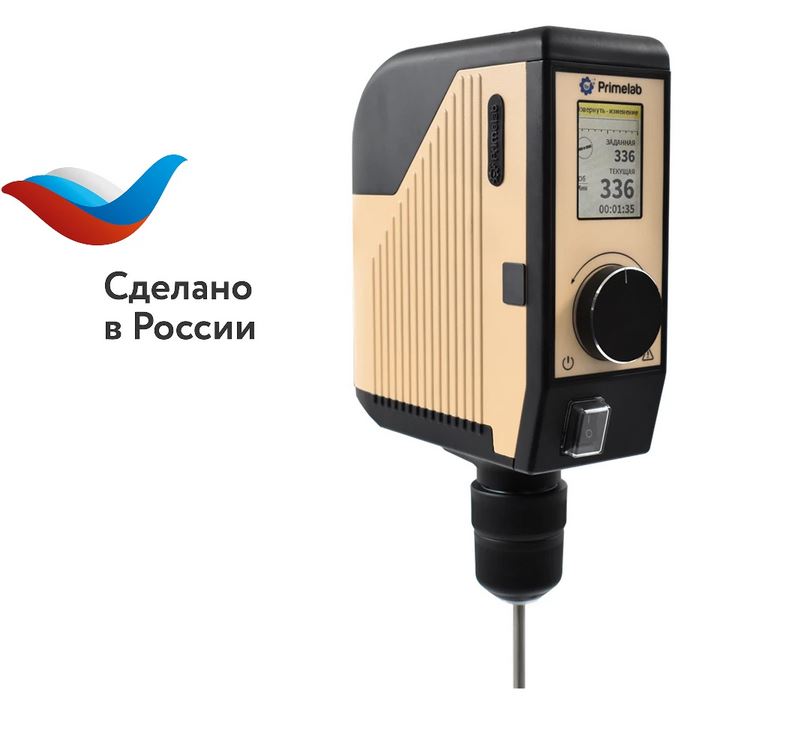Catalog
Search
1188 products
View:
- Selected: 0Areas of use
- Selected: 0Item names
- Selected: 0Manufacturer
- Selected: 1Made in
- Selected: 0Additional
View:
1188 products
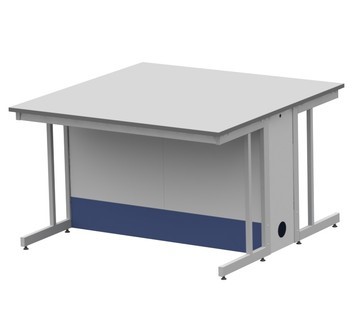
Table island high LAB-PRO SOKv 150.150.90 KG
Island table
Combined work surface: main countertop KG (porcelain stoneware) 650 mm deep / auxiliary countertop made of TRESPA material 200 mm deep / main countertop KG (porcelain stoneware) 650 mm deep
Length, mm: 1500
Depth, mm: 1500
Height, mm: 900
BASIC EQUIPMENT
The base is a collapsible metal frame made of rectangular steel profile, painted with powder paint (RAL 7035) with the texture of shagreen leather
Four easily removable screens (RAL 7035) and two non-removable (RAL 5023)
Hidden fasteners
Adjustable supports (0-40 mm)
A set of end boxes-plugs
LOIP
Saint Petersburg
Produced in: Saint Petersburg


BENCH SK-ST, SK-ST
from
11 010 ₽
The bench is intended for use in changing rooms of industrial enterprises, medical institutions, educational institutions and other facilities. The design is based on a painted steel profile and a seat made of HPL-plastic. The materials used ensure the strength and durability of the product, are not afraid of moisture, and are suitable for sanitization with disinfectants.
SK-ST
Width – 1000
SK-ST
Width – 1200
SpetsBaltMebel
г. Санкт- Петербург
Produced in: Saint Petersburg
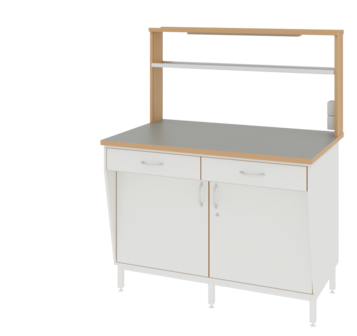
Wall-mounted table LAB-1200 PTT
EQUIPMENT
rack
support racks – aluminum profile painted with powder paint (RAL 1001)
top panel with a depth of 190mm – metal painted with powder paint (RAL 1001)
LOIP
Saint Petersburg
Produced in: Saint Petersburg
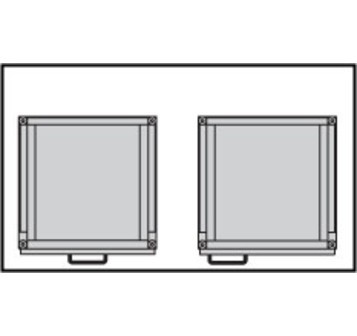
Table top to the wall table LAB-PRO RP 180.80 TR
LOIP
Saint Petersburg
Produced in: Saint Petersburg
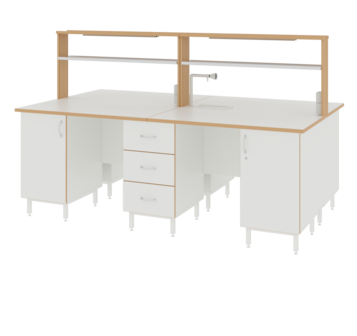
Island LAB table-2400 OLM
equipment
2 countertops
sink-drain (polypropylene, internal size 250*100*150mm), laboratory faucet d/water
the package includes
a siphon
gofroslang
flexible eyeliner length 1200mm
2 racks, each
support racks – aluminum profile painted with powder paint (RAL 1001)
top panel 190mm deep – metal painted with powder paint (RAL 1001)
LOIP
Saint Petersburg
Produced in: Saint Petersburg
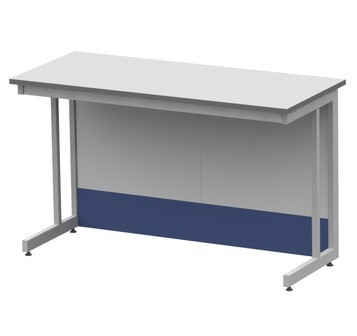
Laboratory work table high LAB-PRO SLv 150.65.90 LA
Laboratory work desk
Table top: LAMINAT
Length, mm: 1500
Depth, mm: 650
Height, mm: 900
BASIC EQUIPMENT
The base is a collapsible frame made of rectangular steel profile, painted with powder paint (RAL 7035) with the texture of shagreen leather
Hidden fasteners
Two easily removable rear screens (RAL 7035) and one non-removable (RAL 5023)
Adjustable supports (0-40 mm)
LOIP
Saint Petersburg
Produced in: Saint Petersburg
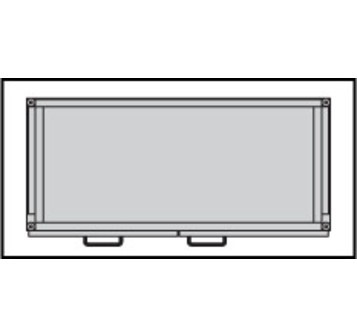
Table top to wall table LAB-PRO RP 150.80 TR-E16/23
LOIP
Saint Petersburg
Produced in: Saint Petersburg
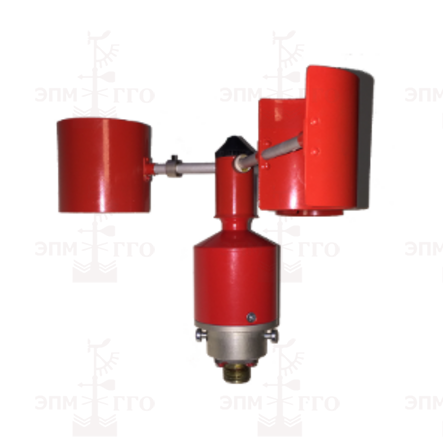
M-95-CM Signal Digital Anemometer Sensor
from
26 022 ₽
Application range: 1.8 ... 55.0 m/s
Alarm threshold setting range: wind speed from 12 to 40 m/s
The range of setting alarm thresholds in time is from 2 to 5 seconds.
Accuracy characteristics: PG±(0.5+0.05V) m/s
The average service life is at least 8 years.
Application conditions:
wind speed sensor from -60C to +50C
EMPGGO
Saint Petersburg
Produced in: Saint Petersburg
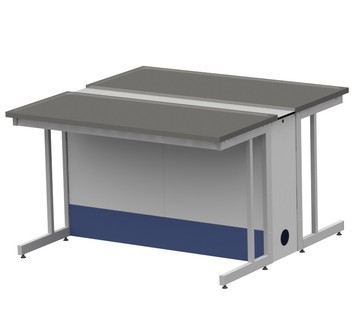
Island table low LAB-PRO SOCN 180.150.75 KG
Island table
Combined work surface: main countertop KG (porcelain stoneware) 650 mm deep / auxiliary countertop made of TRESPA material 200 mm deep / main countertop KG (porcelain stoneware) 650 mm deep
Length, mm: 1800
Depth, mm: 1500
Height, mm: 750
BASIC EQUIPMENT
The base is a collapsible metal frame made of rectangular steel profile, painted with powder paint (RAL 7035) with the texture of shagreen leather
Four easily removable screens (RAL 7035) and two non-removable (RAL 5023)
Hidden fasteners
Adjustable supports (0-40 mm)
A set of end boxes-plugs
LOIP
Saint Petersburg
Produced in: Saint Petersburg
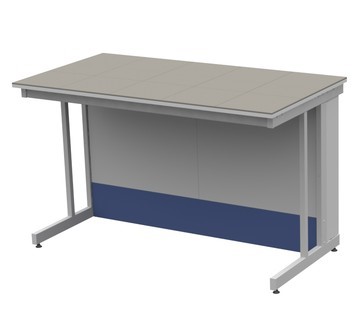
Wall-mounted low table LAB-PRO SPCn 90.80.75 KG
BASIC EQUIPMENT
The base is a collapsible frame made of rectangular steel profile, painted with powder paint (RAL 7035) with the texture of shagreen leather
Hidden fasteners
Two easily removable rear screens (RAL 7035) and one non-removable (RAL 5023)
Rear side boxes
Adjustable supports (0-40 mm)
LOIP
Saint Petersburg
Produced in: Saint Petersburg
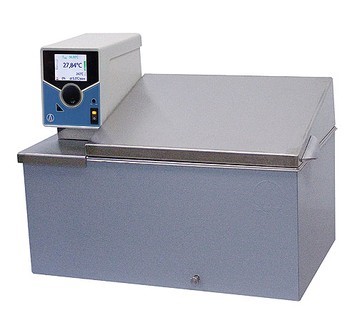
Circulation thermostat LT-424b
The LOIP LT-424b modification device consists of an immersion thermostat-circulator LOIP LT-400 and a working bath with a lean-to hinged lid.
Technical specifications:
Temperature range:
without external cooling, °C
Current+10 ... +200
with tap water cooling °C
Tvods+5 ...+200
Accuracy of temperature maintenance, °C ± 0.01
The error of setting the set temperature, no more than, ° C ± 0.02
Heater power, W 2200
Pump:
max. flow rate, l/min 6...12
pressure, 0.4 bar
Bath volume, l 24
The working fluid is water, silicone oil.
Open part of the bath / depth, mm 360x296/200
Overall dimensions, mm 532x335x400
Weight, kg 15.8
LOIP
Saint Petersburg
Produced in: Saint Petersburg
